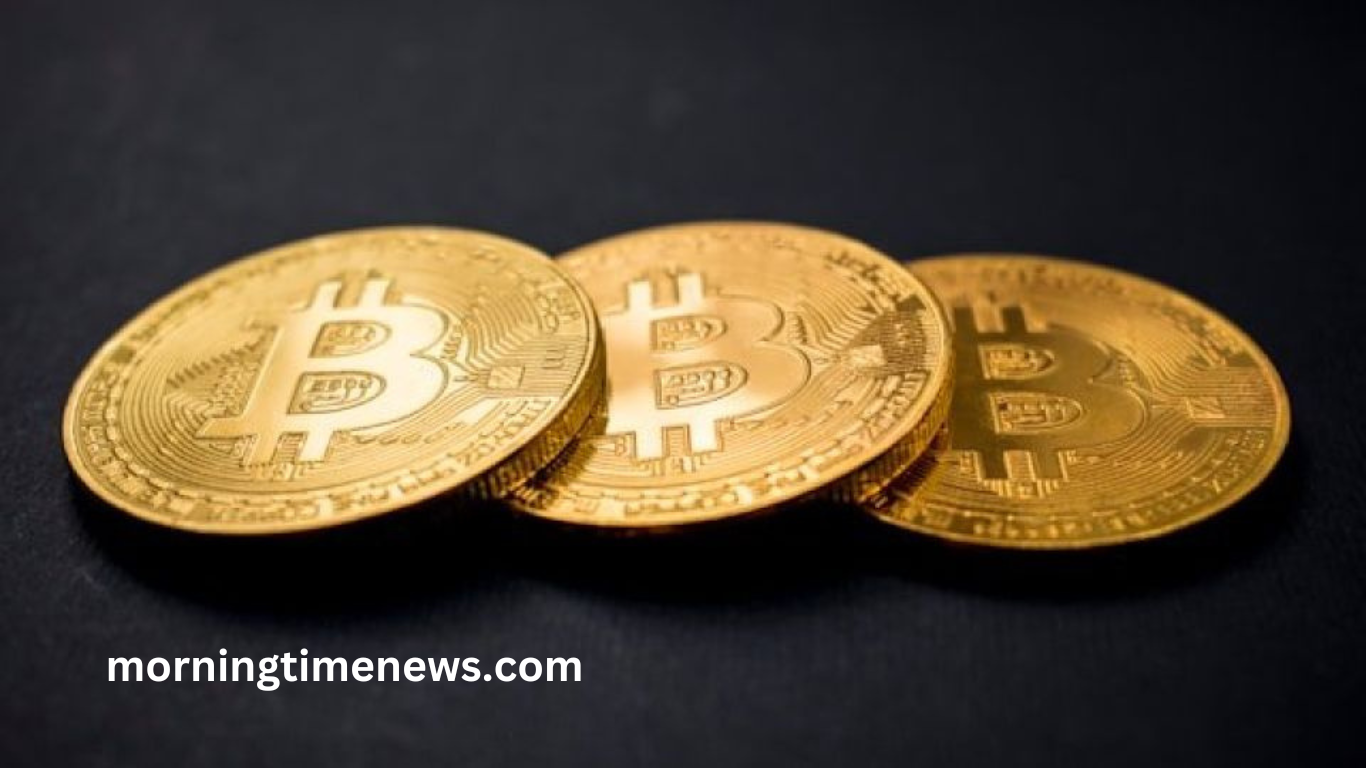Former President Donald Trump has called for landmark regulations on stablecoins, emphasizing the need for “simple, common-sense rules” to bring clarity to the cryptocurrency industry. As digital assets continue to grow in popularity, regulatory uncertainty has become a significant concern for investors, businesses, and policymakers alike. Trump’s stance signals a shift toward structured oversight that could shape the future of stablecoins and the broader crypto market.
Why Stablecoins Are Under Scrutiny
Stablecoins are digital assets pegged to traditional currencies like the U.S. dollar, designed to provide price stability in the volatile crypto market. However, concerns over their transparency, reserve backing, and potential risks to the financial system have led to increasing calls for regulation. Lawmakers and regulators have debated how to ensure these assets remain secure while still fostering innovation.
Trump’s Vision for Stablecoin Regulation
Trump’s statement highlights his support for a regulatory framework that promotes stability without stifling growth. He has suggested that clear and straightforward guidelines will help protect consumers, prevent fraud, and encourage responsible development in the crypto industry. His approach contrasts with more aggressive regulatory stances that some policymakers have proposed, which many in the industry fear could hinder innovation.
How This Could Impact the Crypto Industry
If implemented, Trump’s proposed regulations could provide much-needed clarity for stablecoin issuers and users. A well-defined legal structure could boost investor confidence and attract more institutional players into the space. At the same time, the nature of these regulations—whether they impose strict limitations or offer a more flexible approach—will determine how the industry adapts in the coming years.
Read More : Major warning issued after surge in social media and email account hacks
The Ongoing Debate in Washington
Stablecoin regulation has been a hot topic in Washington, with lawmakers divided on the best approach. Some argue for tighter controls to prevent risks to the financial system, while others advocate for a balanced framework that encourages growth and competition. Trump’s comments add another dimension to the ongoing debate, potentially influencing future legislative discussions and policies.
What’s Next for Stablecoin Regulation?
As discussions around stablecoins and cryptocurrency regulations evolve, the coming months will be crucial for determining the future landscape of digital assets. Whether Trump’s vision gains traction or faces opposition, one thing is clear: stablecoin regulation is becoming an unavoidable issue, and policymakers will need to find a path that ensures security, innovation, and economic stability.
Frequently Asked Questions
What are stablecoins?
Stablecoins are digital currencies tied to traditional assets like the U.S. dollar to maintain price stability in the crypto market.
Why is Trump calling for stablecoin regulation?
He believes “simple, common-sense rules” are needed to provide clarity, protect consumers, and encourage responsible crypto industry growth.
How could stablecoin regulation impact the crypto market?
Clear regulations could increase investor confidence, attract institutional players, and establish legal guidelines for stablecoin issuers.
What are the risks associated with stablecoins?
Concerns include lack of transparency, reserve backing issues, potential financial instability, and risks of misuse in illicit activities.
How does Trump’s stance differ from other policymakers?
He supports a straightforward, innovation-friendly regulatory framework, while some lawmakers push for stricter controls on stablecoins.
What role does the government currently play in stablecoin regulation?
Regulators, including the SEC and Federal Reserve, have debated oversight but have yet to implement comprehensive legislation.
Could regulation lead to restrictions on stablecoins?
It depends on the approach; excessive restrictions could stifle innovation, while balanced rules could provide security and growth opportunities.
What’s next for stablecoin regulation in the U.S.?
Policymakers continue to debate the issue, and future regulations will likely depend on political shifts and evolving market conditions.
Conclusion
Trump’s call for stablecoin regulation highlights the growing urgency of establishing clear rules for digital assets. By advocating for simple, common-sense guidelines, he aims to strike a balance between security and innovation. Whether his approach gains traction or faces opposition, the debate over stablecoin regulation will shape the future of the crypto industry, influencing investor confidence, financial stability, and the role of digital currencies in the global economy.

